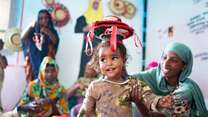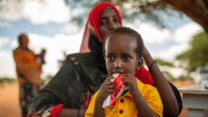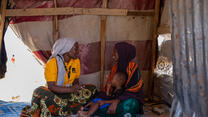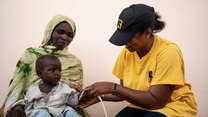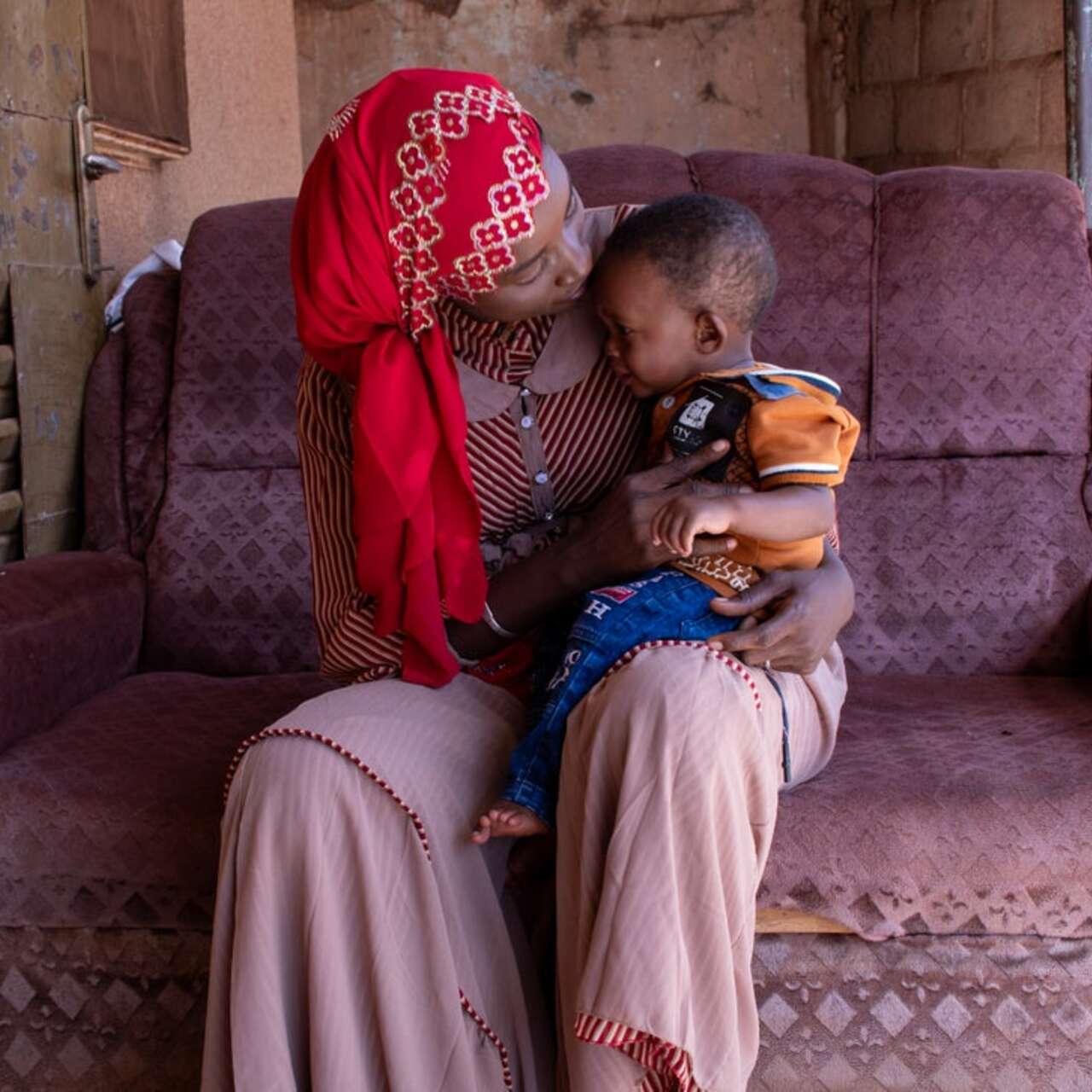
The growing number of humanitarian crises worldwide demands urgent action, yet resources remain critically limited. The gap between available funding and resources needed to meet urgent humanitarian needs has skyrocketed, forcing organizations to do more with less.
In 2024, more than 339 million people will need humanitarian assistance, a 157% increase in just five years. Conflict, climate change, displacement, and poverty are fueling a growing demand for aid.
At the International Rescue Committee (IRC), we meet this challenge head-on, making it central to our strategy. Through innovative strategies and a commitment to best use of resources and cost-effectiveness, we ensure that every dollar spent delivers maximum impact and return on investment. Stretching resources to help as many people as possible is central to our mission—because financial resources alone won’t close the gap.
The IRC is dedicated to making every dollar count, maximizing our ability to respond to this unprecedented need.
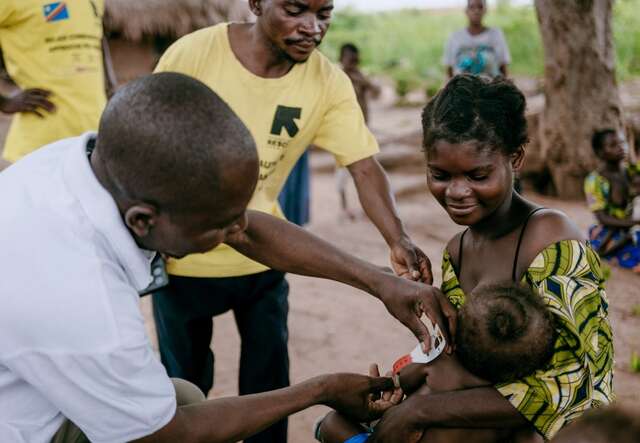
Building a culture of cost-effectiveness
Since 2015, the IRC has transformed how humanitarian aid is designed and delivered by embedding cost-effectiveness into every stage of our programs.
Three key initiatives lay the foundation for this work:
- Investing in cost analysis – We analyze the cost-effectiveness of our interventions to make data-driven decisions.
- Embedding cost evaluations and best use of resources in decision-making – Cost requirements are built into our internal processes, ensuring accountability.
- Creating sector-wide solutions – We developed Dioptra, an innovative cost-analysis tool adopted by leading organizations with a collective budget of $7 billion.
To date, despite only accounting for 3% of the global humanitarian budget, we have conducted 30% of all impact evaluations in humanitarian settings. The IRC has conducted over 400 cost analyses across 37 countries, examining more than $300 million in humanitarian spending.
Maximizing impact through smarter spending
Our commitment to cost-effectiveness has led to measurable improvements across multiple programs.
Scaling cash assistance for greater reach
Cash assistance accounts for only 17% of global humanitarian aid, yet small-scale programs often have high delivery costs. However, cash remains one of the most effective forms of aid, as it reduces logistical costs, empowers recipients to prioritize their own needs, and stimulates local economies.
The IRC’s analysis of 30 programs found that scaling initiatives to serve at least 1,000 households doubled the number of people reached for the same cost.
By applying this model, we’ve helped millions regain financial stability more efficiently.
Optimizing refugee employment programs
The IRC’s Re:BUiLD program, funded by the IKEA Foundation, helps refugees secure livelihoods in East Africa. Cost analysis revealed that business grants were significantly more effective than vocational training, leading us to shift our approach.
This optimization led to a 30% reduction in costs, which, if implemented across just 1% of urban refugees sector-wide, could extend support to an additional 200,000 people.

Lowering the cost of malnutrition treatment
With over 45 million children suffering from acute malnutrition, cost-effective solutions are essential. Working with GiveWell, the IRC redesigned $20 million in programs across the Sahel region, cutting the average treatment cost per child by half.
Our evidence-based approaches have led to transformative outcomes. For instance, simplified approaches the IRC has championed for diagnosing and treating malnutrition have proven as effective as traditional methods - while costing 20% less per child treated.
Dioptra – transforming cost efficiency in the sector
One of the IRC’s most significant innovations is Dioptra, a first-of-its-kind software tool that standardizes cost-efficiency analysis. By calculating the cost per output of humanitarian interventions, Dioptra empowers organizations to allocate resources more effectively.
Today, eight major humanitarian organizations use Dioptra to manage a combined $7 billion in aid—unlocking billions in potential impact and leading the sector in stretching donor dollars further.
Looking ahead: A roadmap for impact
The IRC is committed to further increasing our cost-efficiency, including embedding cost analysis in program design, budgeting, and decision-making to ensure resources are used where they have the greatest impact. This approach allows us to scale effective interventions, reduce unnecessary expenses, and maximize aid delivery to those in need.

Making every dollar count is a moral imperative
Cost-effectiveness isn’t just about efficiency. Smarter spending means more children receiving nutrition, more refugees securing livelihoods, and more families rebuilding after a crisis.
The IRC has proven that humanitarian aid is an effective and efficient investment. Learn more.
How can I help deliver humanitarian aid?
Donate: Financial contributions are key for trusted organizations like the IRC, which deliver humanitarian aid to crisis-stricken communities around the world. Your donation can help people survive, recover and rebuild their lives.
Get connected: Follow our Instagram, LinkedIn, Facebook and X accounts.
Stay informed: Learn more about the world’s most pressing crises and what the IRC is doing to help.
Take action: Join the IRC’s advocacy team as we fight for policies that deliver real change for the people we serve.
Volunteer: Your time and skills can help the IRC deliver a wide range of services. Consider joining one of our 29 U.S. local offices.
